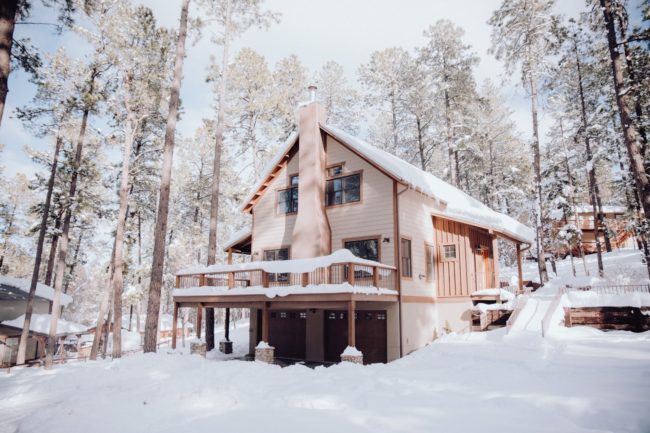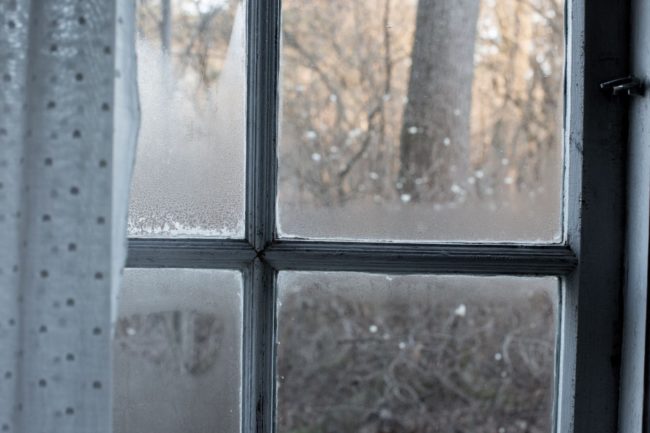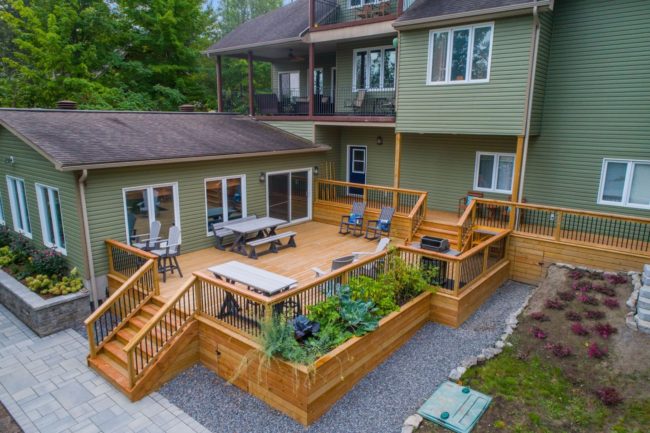
After as hot as the last few summers have been, many are eager to get back to cooler weather: but most older homes aren’t ready for this yet. If your home is older than thirty years and hasn’t been winterized in recent years, it’s vital to take the time to prepare your home for the change of the seasons before it arrives.
These are the best home renovations to complete before winter: and why they matter.
Winterize Your Pipes
Even if you live in an area that doesn’t generally freeze: the weather has become more and more unpredictable, freezing areas that used to have more balmy winters. Check the age and quality of your pipes, and ensure that they can handle the weather. If your pipes are in your attic, it’s a good idea to talk to a professional about how you can better protect those.
You can turn your taps on at night when the winter chills really set in: but in the long term, you’ll want to find a solution that doesn’t risk your pipes bursting onto all of the lower floors of your home.
Clear Your Roof and Gutters
Roofs are the most important part of your home in the winter. They trap in the heat and help keep out the snow and chills. Unfortunately, they can’t do this job as well if the gutters are full and cause ice to build up onto already weak shingles.
Take the time to check the health of your roof, and clear any leaves on your roof or in your gutters, so you don’t have to worry about further buildup or freezing. If you let this stay, snow can freeze into a solid slab, which can cause property damage, and even flooding when it eventually slips down from your roof.
Coat Your Decks
The average deck should be touched up every two to three years, depending on use and what type of environment you’re in. Looking into a sealant, like polyurethane for decks, will keep the wood from splitting in the cold and will keep it looking nice through the whole summer.
If you don’t seal your deck, and there’s any moisture in the wood during the winter, it will expand and then split and weaken the wooden planks your deck is made out of. This can cause serious injuries and costly repairs.
Check Your Radon Levels
Most people in the United States don’t think about radon levels except during the time when they’re buying a home. Look at where your property is on a national radon map, and check if your basement is at risk.
If your property is at risk, get a radon testing strip, many municipalities and local governments give them away for free, and if you have a high radon presence in your home: buy a radon mitigator to get it out. This is a pump that’s usually less than a couple thousand dollars that will get the radon directly out.
Update Leaking Windows
Leaking windows and doors are the top reason for properties losing heat and allowing drafts in. To avoid this, check where the drafts are and then use window replacement inserts to solve the issue. This is cheaper than replacing the full window while still keeping a uniform look for your property.

Give Your Basement Heat
Heat rises, so although you may be heating the upper floors of your property, there’s a chance you could be leaving your basement icy. Not only is this uncomfortable for anyone who walks downstairs: but it’s also dangerous for your pipes, concrete flooring, and any items you have stored down there.
Getting electric heat for basements installed gives you the chance to heat up this area of your home: which will, in turn, ensure that you don’t have to spend as much to heat the rest of your house since that heat will be rising up to the higher floors.
Check Your Siding’s Quality
How old is your siding? After siding hits twenty to thirty years old, you could be leaving yourself open to issues like rot, mold, and insect life: and in the winter, old siding allows a lot of the heat you want to be trapped in your home to escape. This can cause expensive electricity bills, uneven heating in your home, and discomfort for those that live with you.
Look for warping, discoloration, cracks, or gaps in your siding: these could be signs it’s time to update it. Although replacing your siding can be pricey, it gives you the chance to further insulate your home and keep it safer from the freeze.
Your Home Needs to Be Safe
Our homes are the epicenter of our lives, giving us the opportunity to relax and spend time with the people we love. If you’re ready to enjoy the cooler weather: make sure your home is prepared for it as well.


